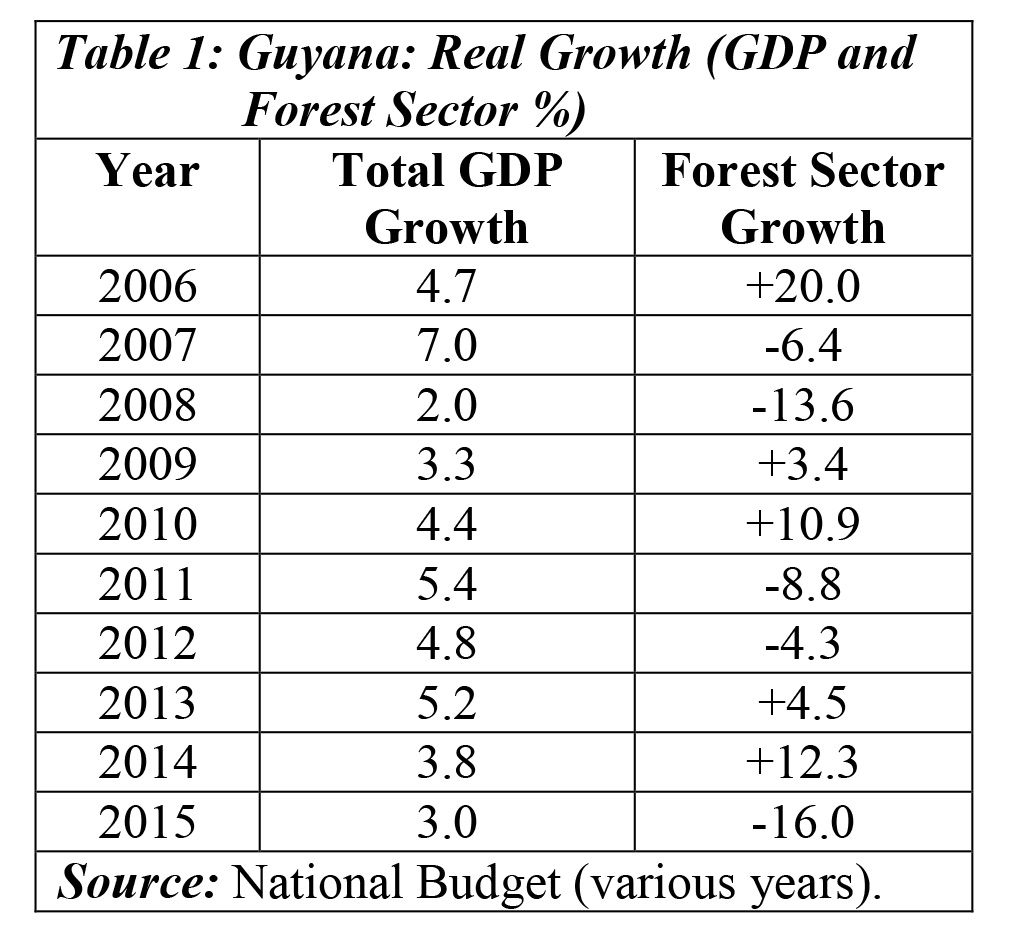Introduction
At present, several prominent geographers and forest analysts give strong support to the forest transition hypothesis, which I have been evaluating in recent weeks. These scholars share common views on social and historical change. These in essence, focus on a unilinear assessment of social and cultural evolution. For this reason, I have earlier suggested the forest transition hypothesis sits comfortably with notions such as the Kuznets curve in economics, the environmental Kuznets curve (EKC) of modern environmental studies, and the older notions of demographic transition in population studies.


